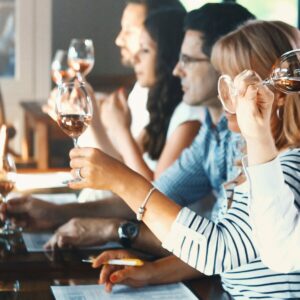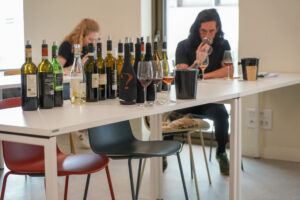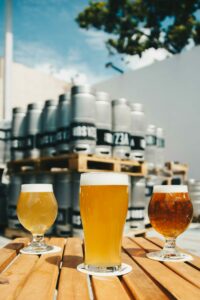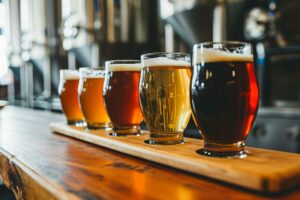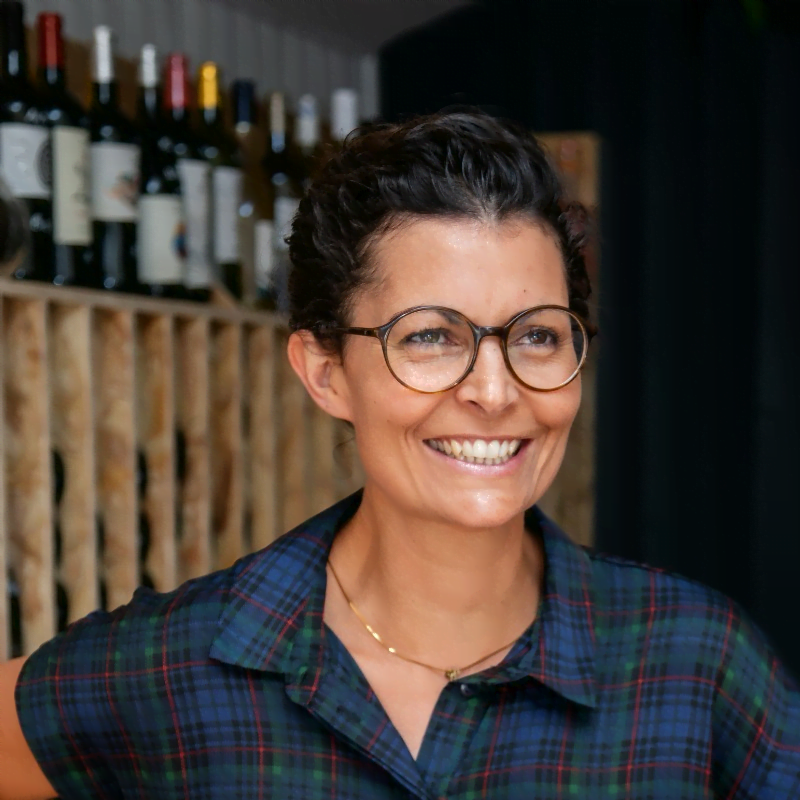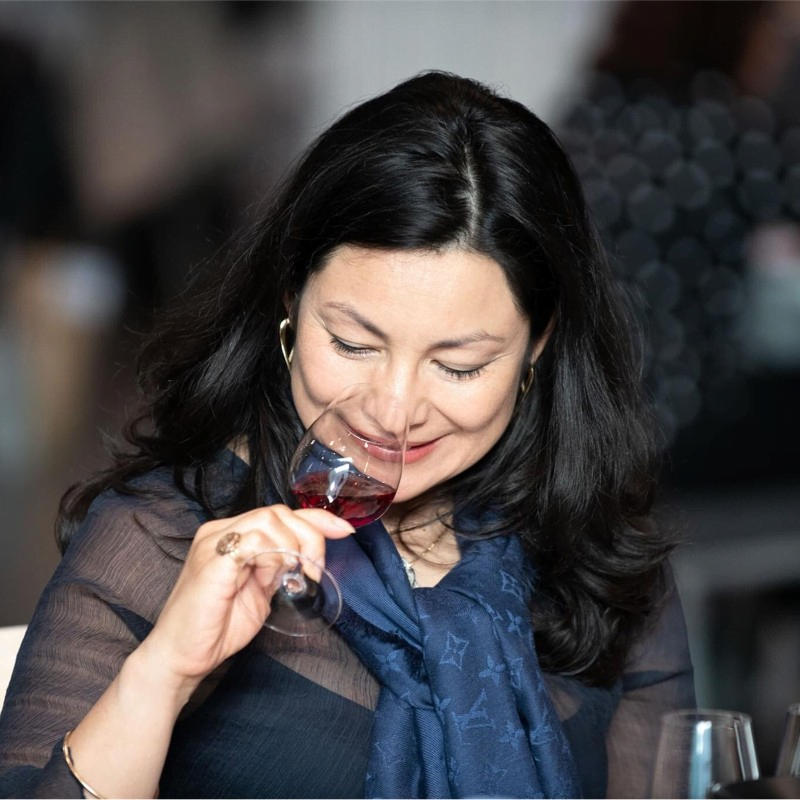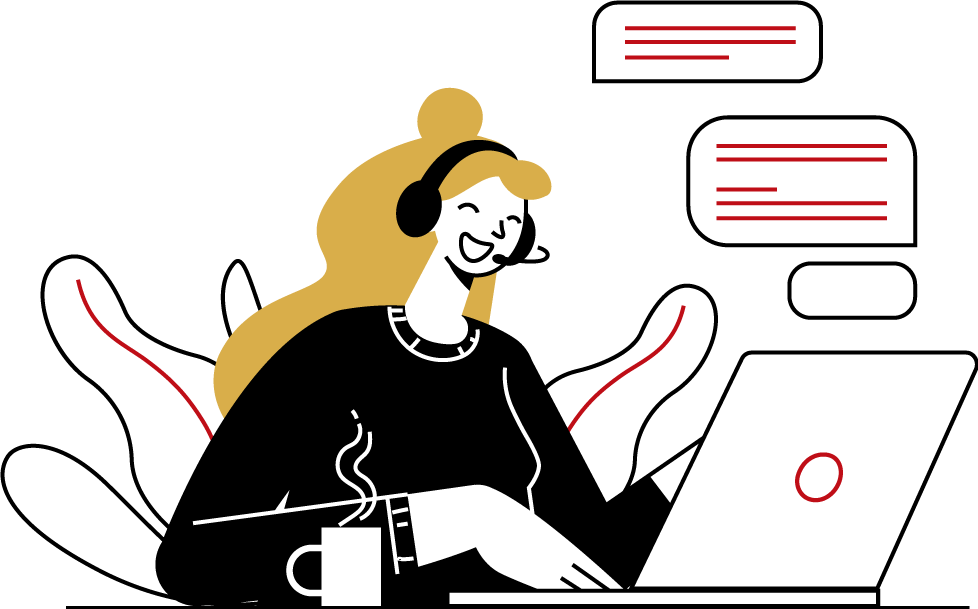Spirits consumption remains strong in France, with consistent popularity: 68% of French people purchase them regularly. But alongside this, a quieter—yet increasingly influential—trend is emerging: that of low- or no-alcohol spirits. This rising “No-Low” movement is reshaping the boundaries of modern mixology and challenging traditional cocktail norms.
The Apéritif: A Key Moment for Spirits… and for No-Low
Spirits play a central role in the apéritif ritual: 62% of consumers enjoy them neat or in cocktails before a meal. The rise of homemade cocktails reflects a newfound appetite for creativity: nearly 78% of French people say they prepare cocktails themselves, at least occasionally.
👉 Source: WiSP – The rise of spirits in France https://wisp-campus.com/les-spiritueux-ont-le-vent-en-poupe-chez-les-francais/?lang=en
In this mixology craze, No-Low spirits are naturally joining the party. These alcohol-free or low-alcohol products (usually below 1.2% ABV or between 5–25% for certain liqueurs) are becoming the base for alternative cocktails—flavorful, lighter, and aligned with today’s evolving social expectations.
No-Low Spirits: A Deep-Rooted Trend
While No-Low wine and beer are already well established, it’s in the world of spirits where the transformation is most striking. In France, the segment grew by 17% in 2022, driven by an increasingly diverse and high-quality offering.
Major brands are innovating: Seedlip, Ceder’s, Tanqueray Alcohol Free, JNPR, Atopia, Siegfried, Martini 0, Suze Tonic 0, and Mélonade by Routin, to name a few. These “alcohol-free gins” rely on botanicals and plant extracts to replace ethanol, bringing aromatic complexity and structure.
Mocktails: A Creative Playground for Mixology
The mocktail—a non-alcoholic cocktail—has become a legitimate, creative, and desirable option in bars and mixology circles. No longer just a sweet substitute, the alcohol-free cocktail now represents a fully-fledged gastronomic experiment, demanding technique, creativity, and refined taste.
The mocktail’s success comes at a time when well-being, health, and life balance are priorities for many consumers. Light, refreshing, and alcohol-free, these drinks meet a dual demand: avoiding alcohol’s unwanted effects (fatigue, hangovers…) while preserving the joy of tasting. According to a CGA/Nielsen IQ study, 41% of French people now drink mocktails, both at home and in bars. Alcohol-free cocktails are now a regular on drinks menus and at apéritif gatherings.
This trend isn’t limited to a niche audience—it spans all generations, from health-conscious young adults to seasoned connoisseurs seeking new flavor experiences. Specialized venues like Le Paon Qui Boit, Xavier Alcool Sans Alcool, or L’Alchimiste confirm the shift with menus and shelves dedicated entirely to No-Low options.
Forget the Old Virgin Mojito – Mocktails Have Grown Up
The term “mocktail,” a blend of “mock” and “cocktail,” gained popularity in the 2000s. The idea isn’t new—think Virgin Mojito, for example. But today’s mocktails aren’t just copies of classic cocktails without the alcohol. They’re original, sophisticated recipes with fully developed aromatic structures.
Forget simple fruit juice. A good mocktail demands a flavor palette just as rich as its alcoholic counterpart. The base can vary greatly—muddled fruits, juices, infusions, even coffee.
No-Low bartenders and cocktail enthusiasts now play with:
- Bases: botanical gins, alcohol-free vermouths, and bitters like BTTR by JNPR (voted Innovation of the Year 2021).
- Mixers: ginger beers, craft sodas, organic tonics like those from HYSOPE.
- Natural elements: infusions, verjus, fresh-pressed juices, aromatic extracts…
The result? Cocktails without alcohol—but full of character—that appeal to a public seeking taste, wellness, and meaning.
👉 Explore more mixology trends https://wisp-campus.com/a-la-decouverte-des-tendances-emergentes-en-matiere-de-bartending-et-de-mixologie/?lang=en
A Response to New Lifestyles
The rise of No-Low spirits reflects a broader shift toward intentional sobriety: better lifestyle habits, health-conscious choices, lower calorie intake, and prevention of alcohol’s side effects. This concerns not only younger generations (Millennials, Gen Z), but also more mature profiles seeking balance without giving up sensory pleasure.
WiSP Campus: Training for a Changing Market
Understanding and mastering No-Low mixology means staying ahead of shifting consumer expectations, innovating in your craft, and expanding your creative repertoire. As a specialist in wine and spirits education, WiSP Campus supports professionals through this transformation.
👉 Discover our spirits training programs https://wisp-campus.com/spirits-qualifications?lang=en
No-Low isn’t a fad or a compromise—it’s a fascinating, demanding space full of values and opportunity. A unique chance to combine technical expertise, product intelligence, and modern-day relevance
